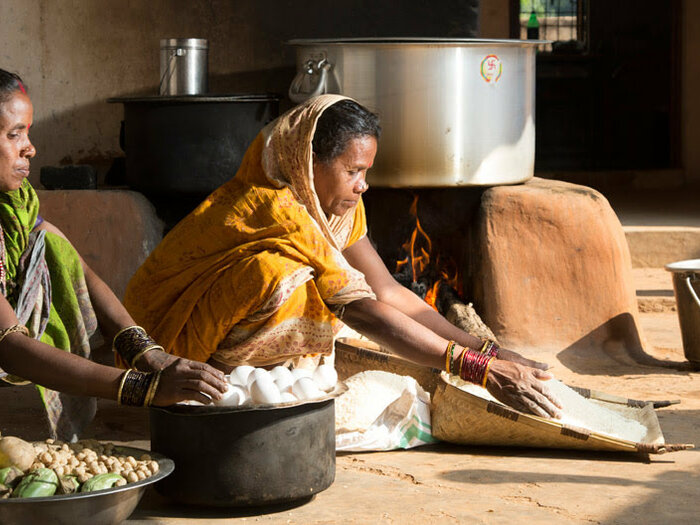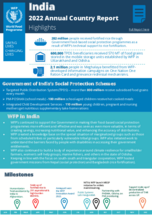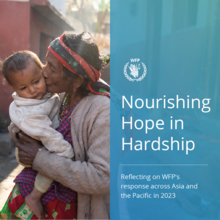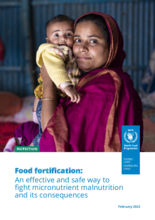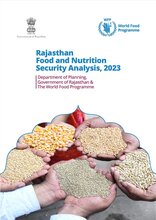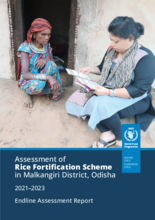India
- 21%
- of people live on less than US$1.90 a day
- 1/4
- of the world’s undernourished people live in India
- 1.3 billion
- population
The second most populous country in the world, India has enjoyed steady economic growth and has achieved self-sufficiency in grain production in recent years. Despite this, high levels of poverty, food insecurity and malnutrition persist. Around 21.25 percent of the population lives on less than US$1.90 a day, and levels of inequality and social exclusion are very high.
India is home to a quarter of all undernourished people worldwide, making the country a key focus for tackling hunger on a global scale. In the last two decades, per capita income more than tripled, yet the minimum dietary intake fell. The gap between rich and poor increased during this period of high economic growth.
WFP has been working in India since 1963, with work transitioning from food distribution to technical assistance since the country achieved self-sufficiency in cereal production. With the Government now providing its own food distribution systems, our work focuses on supporting the strengthening of these systems to ensure they become more efficient and reach the people who need them most.
What the World Food Programme is doing in India
-
Transforming the targeted public distribution system
-
WFP is working to improve the efficiency, accountability and transparency of India’s own subsidized food distribution system, which brings supplies of wheat, rice, sugar and kerosene oil to around 800 million poor people across the country. WFP ensures that food reaches those who need it most, working with the Government to reform and strengthen the system, which is one of the world’s largest.
-
Fortification of government-distributed food
-
To boost the nutritional value of the Government’s Midday Meal school feeding programme, WFP is pioneering the multi-micronutrient fortification of school meals. The pilot project saw rice fortified with iron, which was distributed in a single district, resulting in a 20 percent drop in anaemia. We also help tackle malnutrition by fortifying food given to babies and young children in the Kerala State.
-
Food insecurity mapping and monitoring
-
WFP uses its own Vulnerability Analysis and Mapping software to identify India’s most food insecure areas, which allows policy and relief work to be targeted appropriately. WFP is also supporting the government’s Poverty and Human Development Monitoring Agency in establishing a State-level Food Security Analysis Unit, working towards the goal of achieving Zero Hunger.
India news releases
Go to pagePartners and donors
Find out more about the state of food security in India
Visit the food security analysis pageOperations in India
Contacts
Office
World Food Programme, 2 Poorvi Marg, Vasant Vihar,
110057
India

